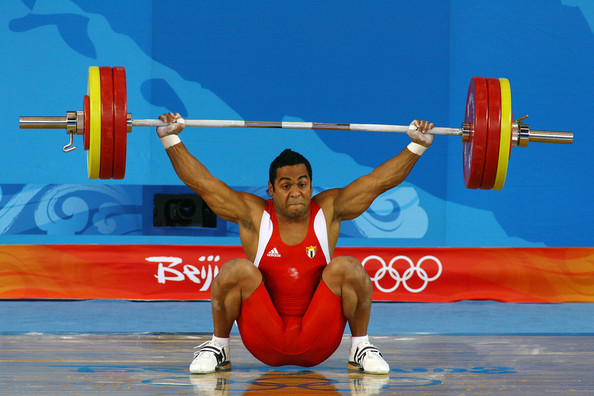In this post we discuss why training like an Olympian is not a good idea for the vast majority of the population.

There’s a false equivalence often made in the exercise industry between elite athletes and the exercising public.
The promise of training like an Olympian is used to sell personal training and even personal training certifications within the industry.
Let me ask you this however, is the main problem in society that people need to improve their vertical jump height? Or bench press their own body weight?
Probably not right?
Training like an elite athlete will not benefit the general population
On my commute I regularly see people of middle age who can’t even get out of a train seat without using their arms.
Assessing their vertical jump height is not going to prove useful.
These assessments and the training methodologies that seek to improve them, are beyond the capacity of 99% of the population.
Plyometrics, High Intensity Interval Training (HIIT), sled pushing and tyre flipping are all largely irrelevant to the average gym user.
Yet it’s these training methodologies that form the mainstay of personal training in many gyms.
Worse still is the growing popularity of Olympic weightlifting in exercise classes such as Crossfit.
How does picking up a weighted bar from the floor with speed help the average City worker? It doesn’t.
Studies have shown Olympic weightlifting to be ineffective when compared to strength training machines and free weights.
Train according to your individual goals and tolerance
In order to stimulate an adaptation, your exposure to force should be closely matched to your current capabilities.
Anything outside of that becomes a risk. The greater the force applied, the greater the risk and the less likely you are to make progress.
The wider impact of applying unsuitable training techniques is that when people get hurt, they decide exercise isn’t for them.
That’s a real shame and a missed opportunity.
Summary
If we are to address the major challenges that an ageing population demands, we need to tailor training appropriately.
Elite sport doesn’t have anything to do with that. Just as Formula 1 doesn’t bear much relevance to picking up your kids from school.
The vast majority of people are not elite athletes and training like one won’t help. The exercise industry needs to educate the public, not indulge their fantasies.